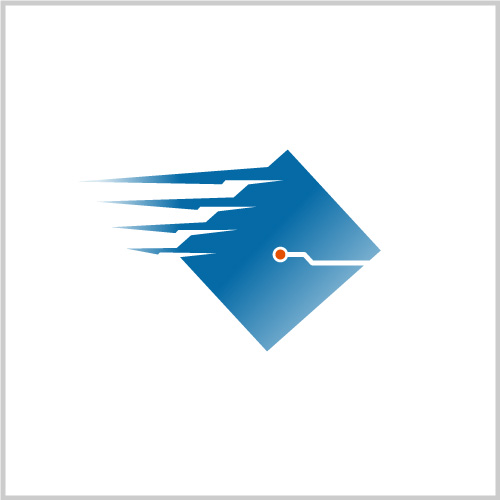Usually when people think of manufacturing in Mexico, they tend to assume that cost reductions are driven primarily by the difference in labor expenses. At MEC’s Tecate facility, that assumption is far from the truth.
“While Mexico does offer an electronics manufacturing labor cost advantage, our team also applies Lean manufacturing principles to identify areas of productivity improvements. In some cases, we collaborate directly with our customers in focused cost reduction projects. In other cases, we identify a production improvement and provide the customer with our recommendations. In short, we apply the same techniques used for efficiency improvement in MEC’s U.S. facilities, rather than relying on labor cost alone to drive cost reduction,” said Fernando Gomez, MEC Southwest’s Program Manager.
The New Product Introduction (NPI) process is where things start. During this initial phase, the assembly production process is precisely analyzed, then built per customer instructions. The industrial engineering team provides feedback on design for assembly (DFA) practices that could reduce cost and/or improve quality, such as improved fixturing. Operators are asked to provide their feedback as part of this process, since operators are often the first individuals to notice potential areas of improvement.
For example, after inefficiency in the functional test for a particular PCB assembly was identified, two technicians improved the design of the fixture to help the operator more capably meet the test procedure requirements. After implementing this improvement, test time was reduced by 50 percent.
In another case, high scrap levels were being experienced on a subassembly that incorporated a critical component with a very tight tolerance. To correct the problem, engineers from all three of MEC’s facilities coordinated the design of a custom fixture to hold the component in place during the assembly process. Scrap levels were then reduced from 40 percent to 3-4 percent.
Furthermore, upon discovering that a manual coil winding operation used a significant amount of human labor, the engineering team developed a device to convert the manual procedure to a semi-automated process. The facility now uses a fully automated coil winding mechanism as its primary production method and the semi-automated process as a backup if the automated winding machine goes offline.
For a final example, operators discovered that when a particular board under test was plugged in incorrectly, one of its programming units would become damaged. A support technician was assigned to develop a device which could correct the issue. Following the improvement, programmer damage was eliminated and this test process now saves time and money.
As these examples show, MEC has a broad base of engineering expertise that can be tapped to eliminate potential EMS outsourcing production challenges, and improve overall quality and productivity. With the information and resources available online at MilwaukeeElectronics.com and ScreamingCircuits.com it remains clear MEC’s commitment to building perfect product is strong in every facility.

